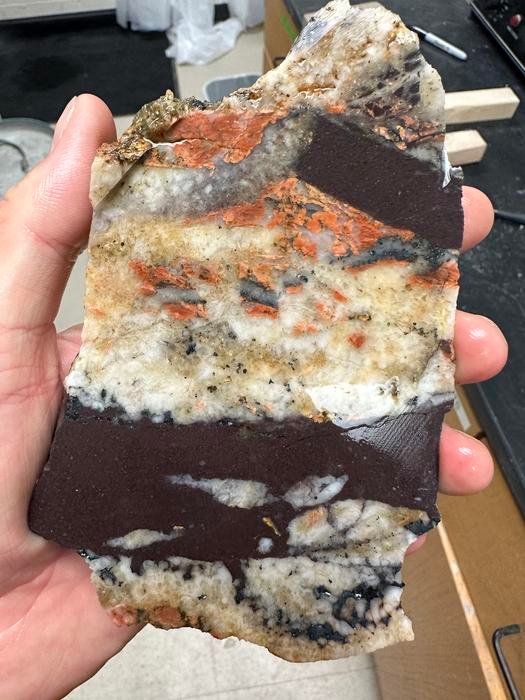Immense glaciers once covered the entire Earth, reaching even the equator, geologists have confirmed. The discovery that this also applied in the center of continents, where conditions would have been very dry deepens the mystery of where and how life survives.
Geologists learned of the existence of recent ice ages by finding the legacy of glaciers much further from the poles or high mountains than occur today. Yet when they started finding far more ancient hints of glaciers in even more tropical regions, they were skeptical. It seemed implausible the planet had ever been cold enough that thick sheets of ice could have reached the equator. Nevertheless, as more and more examples were found, the idea of Snowball Earth was born.
Once a somewhat fringe theory, it is now widely accepted that Earth had at least two, and possibly more, snowball eras. Yet while it is now accepted the Earth was some 60°C (110°F) colder than today, questions have remained as to whether the continental interiors, where precipitation would have been very low, were also icebound.
Evidence of recent glaciation in Colorado would not surprise many people. Today it is almost midway between the equator and the poles and raised by the Rocky Mountains. However, 661 million years ago was a different matter. Then the area was relatively flat and located at the equator. If ice reached there, back then, it could reach anywhere.
And ice there was, Dr Liam Courtney-Davies of the University of Colorado, Boulder and co-authors report. Mineral veins injected into sandstones are a sure sign of a combination of glacial pressure and geothermal heating, the authors argue. “A modern analog is provided by the Ross Embayment of Antarctica, where rift-related faults border sediment-filled basins, overpressurized fluids circulate in confined aquifers below ice,” they write.

A piece of A piece of dark red Tava rock formed when ancient ice sheets forced sediment into Earth’s crust in Colorado where iron-rich incursions occurred.
Image Credit: Liam Courtney-Davies
Confirming Snowball Earth’s completeness requires getting the timing of deposits right. If a location had glaciers, but at times when continental drift placed it somewhere different, it may not be the proof required. The team used laser ablation mass spectrometry to measure heavy metals from Colorado’s Tavakaiv sandstones at sites west and south of Denver. Uranium-lead isotopic dating identified the rocks and their injections as 696 and 663 million years old.
“This study presents the first physical evidence that Snowball Earth reached the heart of continents at the equator,” Courtney-Davies said in a statement.
Most of what we know about Snowball Earth comes from what was then the margins of continents and nearby sedimentary basins, including recent evidence of how melting occurred as things ended. Nevertheless, questions have remained as to whether the entire planet froze, or if small refugia survived. If they didn’t, the question remains why life did not need to start again from scratch once the ice retreated.
The interior of continents are often dry, and get drier during ice ages, so one explanation is that, cold as they were, they didn’t freeze. However, finding sites that were tropical, low altitude, and far from continental margins at the relevant time, but whose geology is exposed, has been a challenge. The Colorado sites fit the bill, and the known presence of volcanic activity in Idaho around the same time makes the presence of geothermal sites plausible.
“You have the climate evolving, and you have life evolving with it. All of these things happened during Snowball Earth upheaval,” Courtney-Davies said. “We have to better characterize this entire time period to understand how we and the planet evolved together.”
In particular, the challenge is to explain how life kept evolving when even the warmest and driest parts of the planet were covered in ice sheets so thick they could push the sandstones deep underground and force mineral veins into them.
The study is published in the Proceedings of the National Academy of Sciences.
Source Link: Earth's Greatest Ice Age Really Did Bring Ice Sheets To The Equator